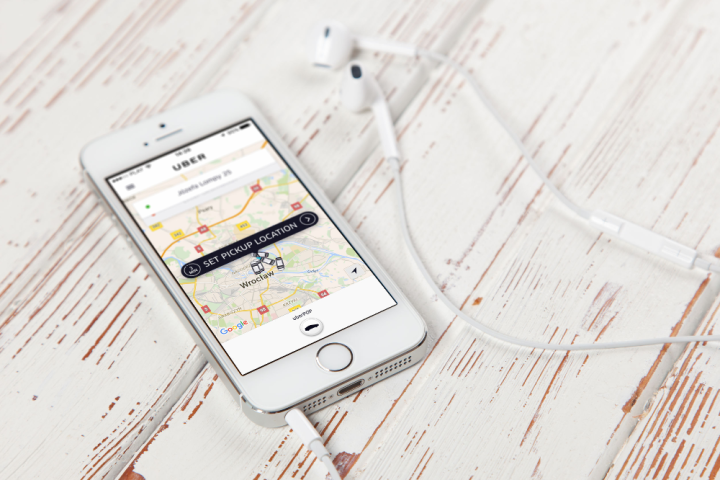
Greyball is part of a larger program — violation of terms of service (VTOS) — the company uses to detect people it believes are misusing or targeting Uber’s ridesharing service. In Uber’s post, the company’s Chief Security Office Joe Sullivan wrote that greyballing is used to hide the regular Uber app screen from individual users in order to test new features by employees, for marketing promotions, to prevent fraud, protect drivers from physical harm, and “to deter riders using the app in violation of our terms of service.”
Stating that Greyball was approved by the legal team as early as 2014 and is used primarily outside the United States, The New York Times attributed its information about the program to four current and former Uber employees, who showed documentation about the program and how it was used.
According to the report, this is how Greyball allegedly worked: When Uber went into new markets where the service was not approved or where local regulators specifically did not allow the company to operate, Uber employees would locate areas where law enforcement officers would gather as well as specific people opening the Uber app to determine if they were associated with law enforcement. What Uber allegedly wanted to avoid was having drivers pick up law enforcement officers who would impound the vehicles and issue tickets to the drivers.
With the gathered information, Uber’s software could use geofencing to detect when calls came from areas where there were many law enforcement personnel. Identified individual callers were also detected. In either case, rather than seeing the normal Uber map, the callers would see “ghost cars” that didn’t really exist or get a message that no cars were available.
Prior to Uber being legally available in Portland, Oregon, mayor Ted Wheeler said, “I am very concerned that Uber may have purposefully worked to thwart the city’s job to protect the public.”
The New York Times cited Dutch European Parliament member Marietje Schaake stating she had “written to the European Commission asking, among other things, if it planned to investigate the legality of Greyball.”
In the Uber Newsroom blog, Sullivan announced a review of the ways Greyball has been used. “In addition, we are expressly prohibiting its use to target action by local regulators going forward,” Sullivan wrote. “Given the way our systems are configured, it will take some time to ensure this prohibition is fully enforced. We’ve had a number of organizations reach out for information and we will be working to respond to their inquiries once we have finished our review.”
Editors' Recommendations
- Uber responds to gig-economy law by testing driver-led bidding system
- Uber and EVgo team up to increase use of electric cars in ridesharing




